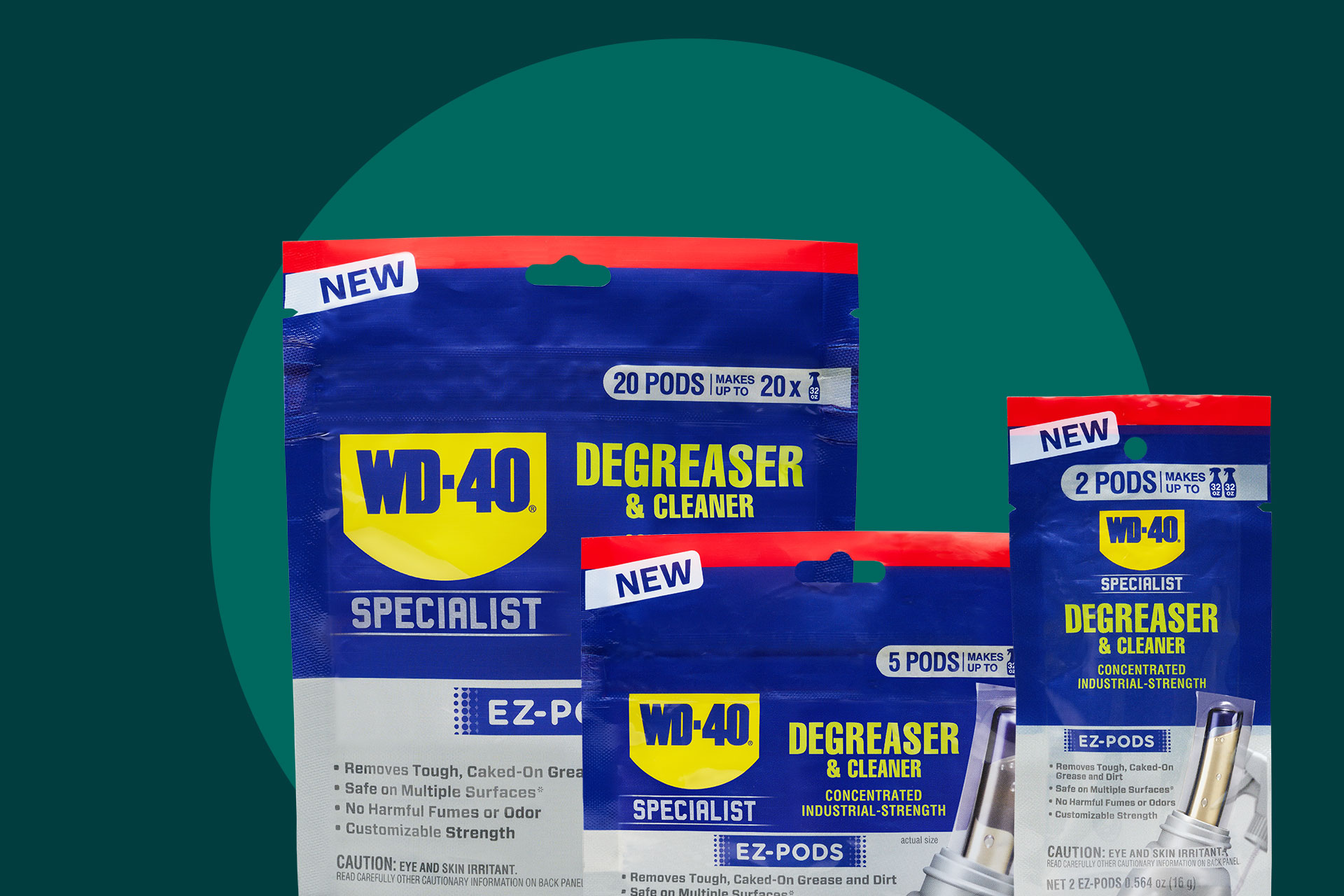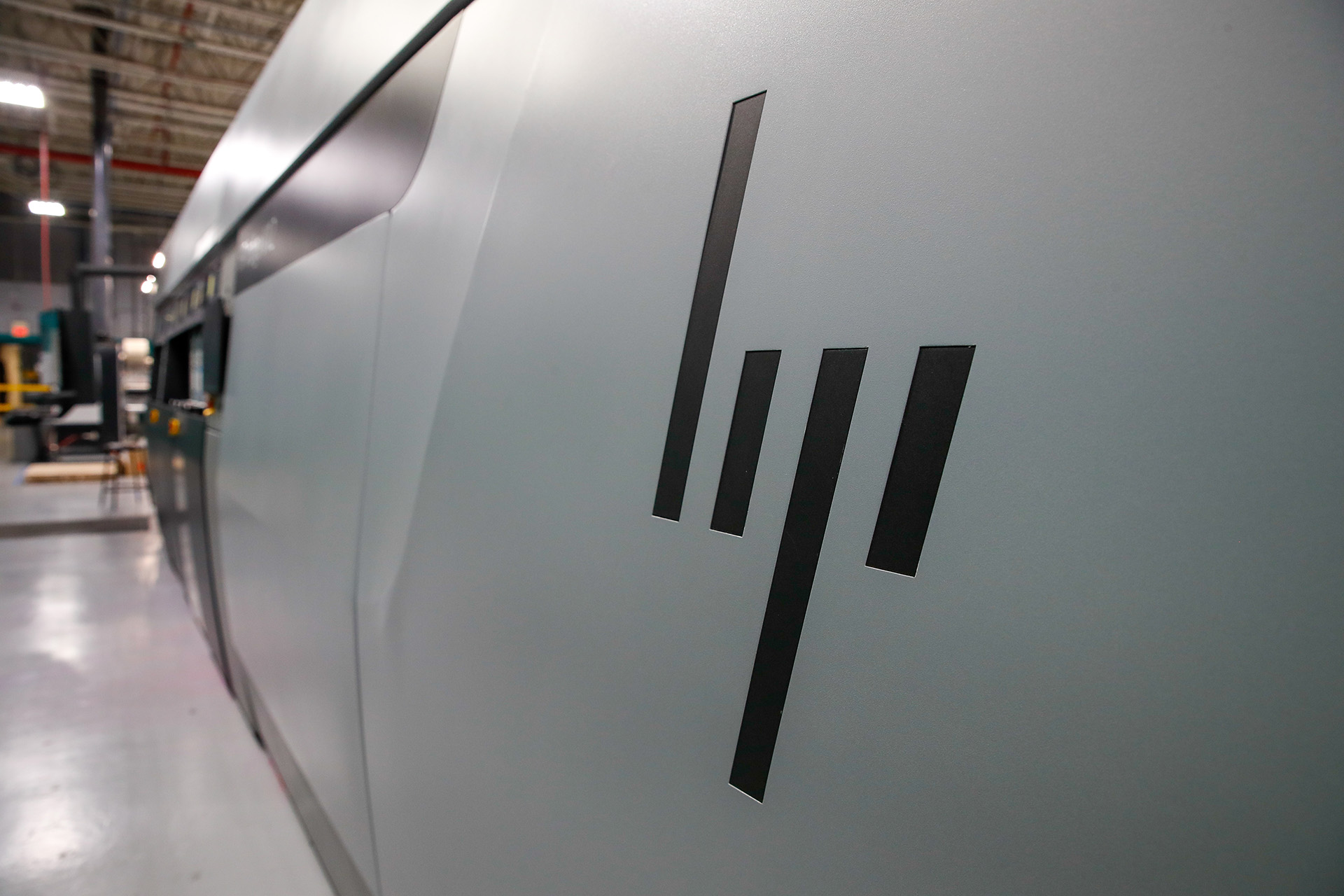As leading brands seek to eliminate problematic plastic in their packaging, recyclable solutions are top-of-mind. For some markets, the transition from hard-to-recycle plastics to recyclable ones has been difficult. In this blog post, packaging expert Andy Sharp discusses the need for light-blocking packaging in the dairy and nutraceutical markets and why the transition to PET bottles has been so difficult.
What is light-blocking packaging, and why is it needed?
Packaging is an essential part of our lives and has many functions. One of those roles is to protect products from the damage caused by light, oxygen, and moisture.
Package design is crucial in the dairy and nutraceutical markets. That’s because the presence of light and oxygen can result in the loss of vital nutrients and flavor. In a 2001 Cornell University study, shoppers detected a noticeable flavor change in 2% milk after just 2 hours of light exposure. Moreover, the milk lost essential nutrients like vitamins A, C, and B2. Another recent study found a similar loss of flavor in plant-based drinkable yogurts when exposed to light.
In truth, preventing this light exposure is simple. Opaque pigments or UV light-blocking agents can be added to plastic packaging to block harmful wavelengths. Or, brands can use colored amber glass. Nevertheless, as more brands seek to eliminate problematic plastic in their packaging, recyclability is top-of-mind.
What’s wrong with my current packaging?
Dairy, beverage, and nutraceutical packaging must be cost-effective, lightweight, and light-blocking. For these reasons, most brands use HDPE, PP, and white or colored PET plastic bottles. Although these plastics are recyclable, clear PET has a higher recycling rate. It can be recovered and recycled many times and has a lower carbon footprint than other packaging materials.
Above all, clear PET is a cheaper alternative. Virgin PET is 25-30 percent cheaper than HDPE resins. Even post-consumer recycled PET is 10-15 percent cheaper than post-consumer recycled HDPE. As a result, more brands are switching to recyclable PET packaging – decorated with custom printed labels or shrink sleeves.
Here’s the catch: traditional labels and shrink sleeves don’t block light. There are a few workarounds, but a white shrink film back printed with black ink is the most popular solution on the market. The good news? This solution is great at blocking light. The not-so-good news? Recycling sorting equipment may not recognize these bottles as PET plastic due to the surface printing of the sleeve. That means the shrink sleeve label can render the entire package unrecyclable.
Introducing GreenLabel BlockOut: our recyclable light-blocking shrink sleeve
We believe great packaging balances aesthetics, performance, cost, and sustainability. That’s what makes our GreenLabel™ BlockOut solution, a recyclable light-blocking shrink sleeve label, so unique. This patent-pending solution helps brands transition from hard-to-recycle plastics to clear PET packaging by protecting the light-sensitive contents.
Our solution begins with material selection: SKC’s EcoLabel™, a crystallizable PET shrink film. This shrink film is Critical Guidance Recognized and is APR Preferred. To this, we apply a proprietary light-blocking coating. Our coating blocks up to 99% of light – from 200 to 900 nanometers. It mimics the opaque pigments and light-blocking agents in traditional HDPE, PP, and white PET packaging.
Then, we print the label using our GreenLabel™ ink system. These inks release from the shrink sleeve during the recycling process, creating a clean material. The crystallizable PET label is then recycled with the bottle flake, boosting recycling yield and diverting packaging waste from landfills.



